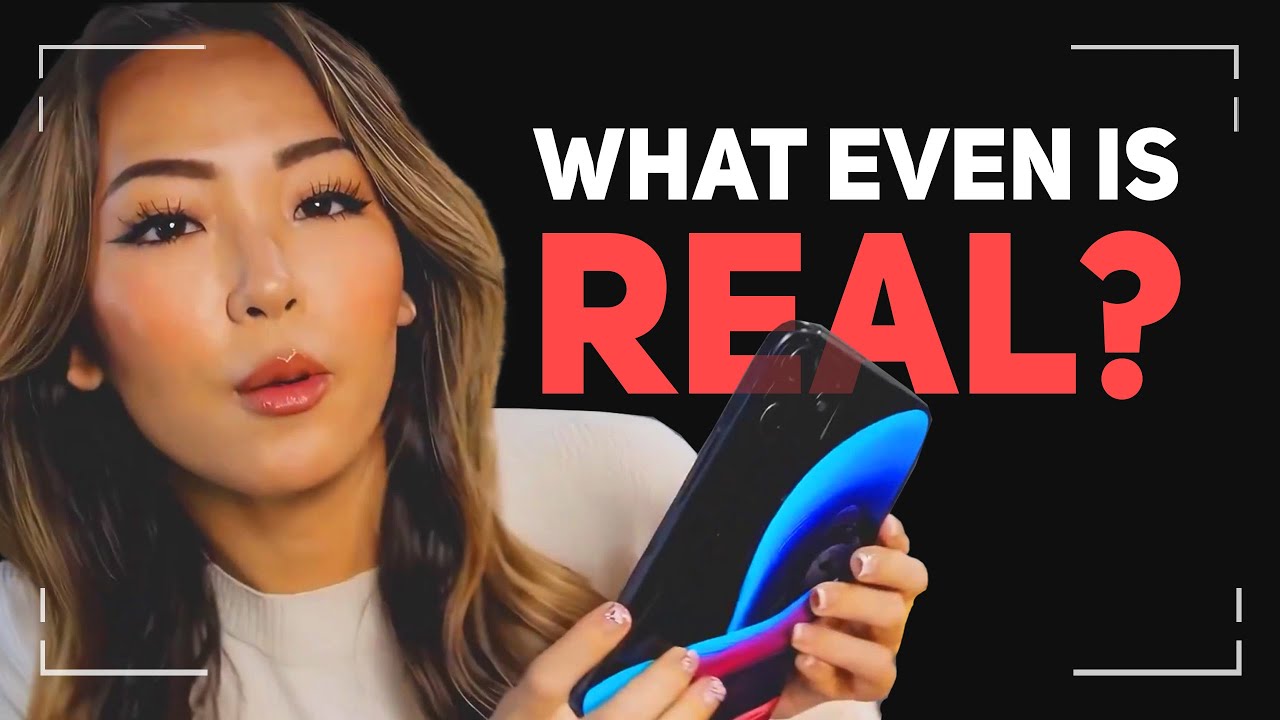The video highlights the significant advancements in AI video generation technology from 2024 to 2025, showcasing how the realism of AI-generated content has improved to the point where it is often indistinguishable from real footage. It discusses various AI video generators, the implications for misinformation, and the importance of physics simulations and open-source models in the evolving landscape of content creation.
The video discusses the rapid advancements in AI video generation technology from 2024 to 2025, highlighting how the realism of AI-generated content has increased significantly. At the beginning of 2024, it was relatively easy to identify AI-generated videos, but by 2025, the line between real and AI-generated content has blurred to the point where viewers often need to take a second look to discern authenticity. The narrator shares examples of AI-generated content, including deep-sea fish, UFO crash sites, and even AI influencers, emphasizing the growing sophistication of these technologies.
The video also introduces various AI video generators currently available, such as Sora by OpenAI, Minia Max by Hyo AI, and Cosmos by Nvidia, among others. Each of these tools has unique capabilities, with some focusing on physics simulations and others on generating realistic video footage. The narrator mentions that while these advancements can lead to exciting applications, they also raise concerns about misinformation and the potential for creating fake news, as the technology becomes increasingly adept at producing convincing visuals.
A significant portion of the video is dedicated to discussing the advancements in physics simulations within AI-generated videos. The narrator highlights a demo from Google DeepMind’s V2, which showcases impressive physics interactions, such as a character falling off a treadmill. Despite some inconsistencies, the realism of the interactions is noted as a major leap forward in the field. The video also touches on the importance of camera work and background realism, with some AI companies reportedly purchasing unused footage from YouTubers to enhance their models.
The video further explores the open-source landscape of AI video generation, contrasting it with proprietary models. While many of the leading video generators are closed-source and require payment, open-source models allow users to experiment and fine-tune their own video generation processes. The narrator mentions Nvidia’s Cosmos model, which specializes in generating real-life camera footage, and discusses the technical details of various open-source models, including their hardware requirements and capabilities.
In conclusion, the video emphasizes the transformative impact of AI video generation technology on content creation and the challenges it poses in distinguishing real from fake. The narrator encourages viewers to stay informed about the latest developments in the field and to explore the research behind these technologies. The video wraps up with a call to action for viewers to engage with the content creator’s newsletter and support their work through platforms like Patreon.
